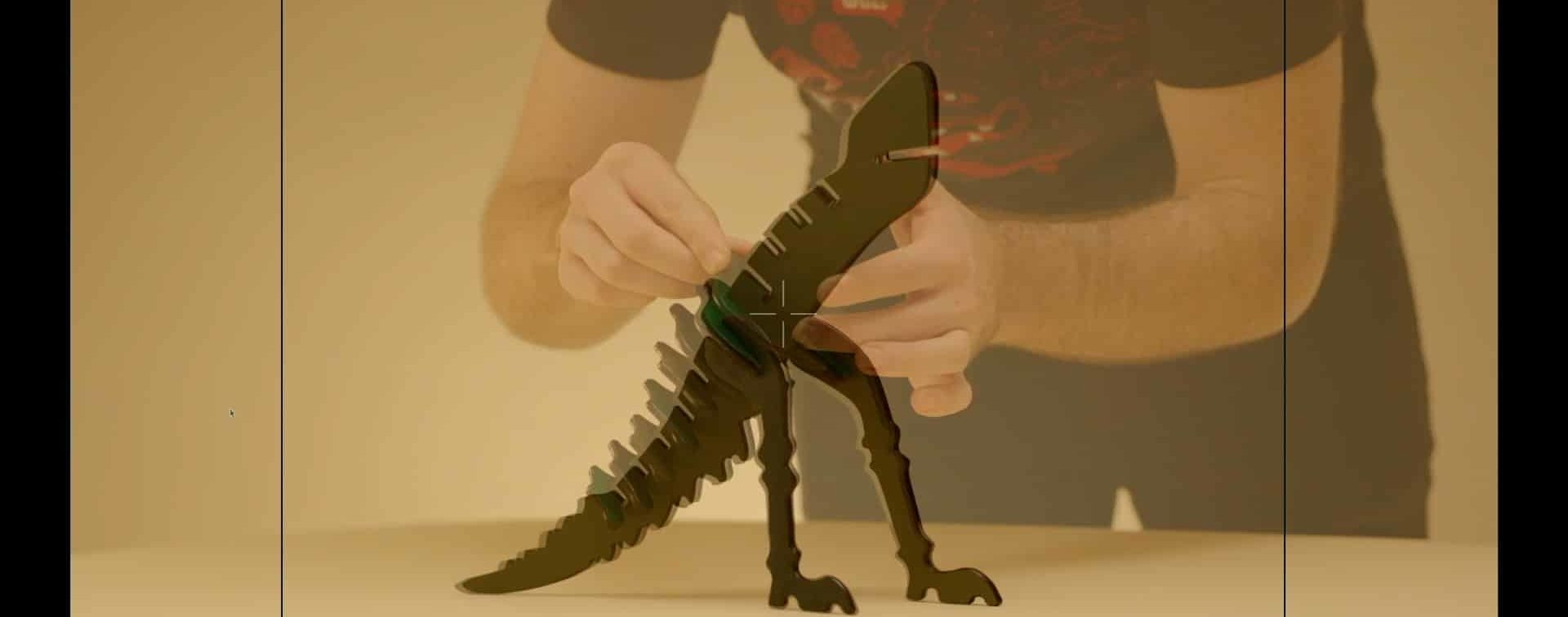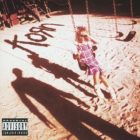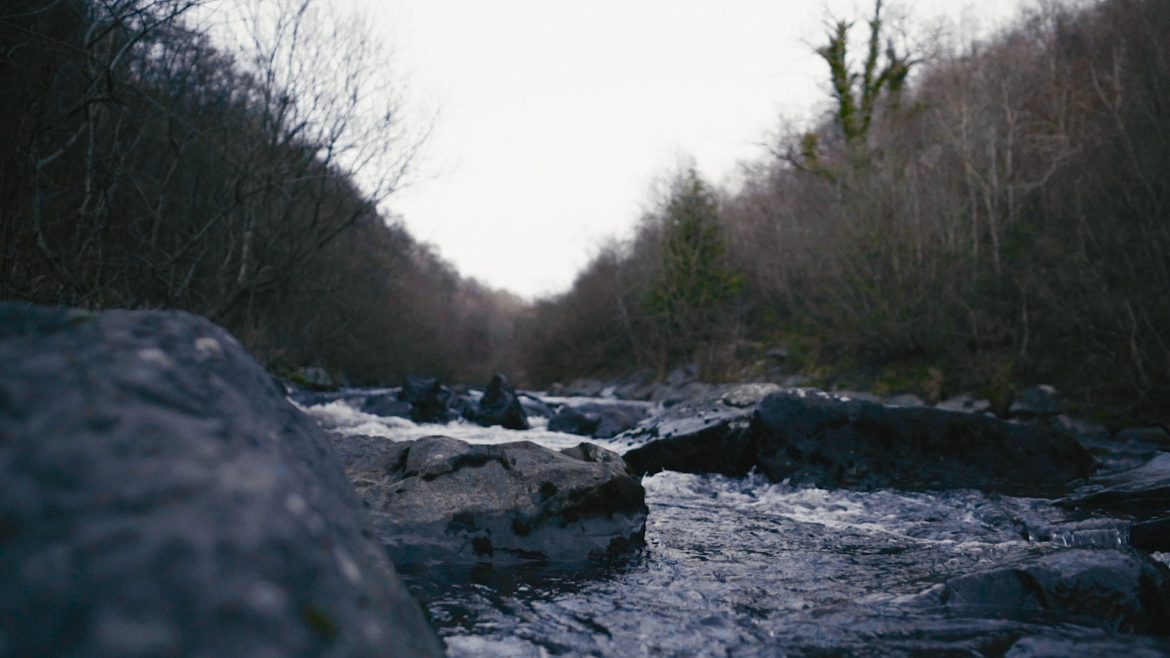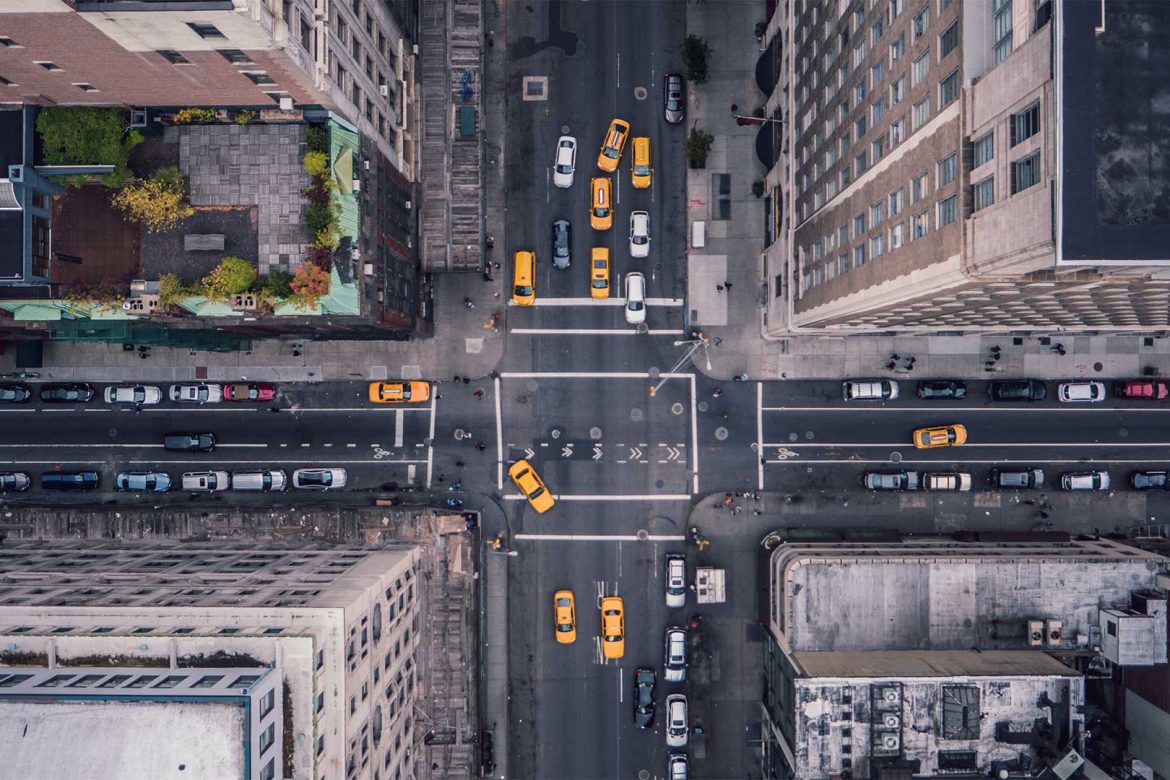The magical art of stop motion animation
A few months ago we were approached by our friends over at Coach to tell the stories of their products for their latest sustainability-led campaign (Re)Loved.
This project came in with a flexible brief and we spent a long time trying to work out what would be the best to approach this storytelling. We’re always trying new ways to make our creations stand out from the noise in the creative world and in most cases, the classics are the best.
One classic technique we absolutely love is the amazing stop motion animation as we are animation enthusiasts. Stop motion animations has been in our creative bag since we were kids and we used lego and a video camera to craft some terribly awesome work!
We’ve been using stop motion animation techniques more and more in our work with little pepperings here and there but this project felt like the one to fully flex our stop motion muscles for some full films. It seemed to fit the bill and we created the pieces in our very own creative agency studios in NYC.
The stop motion animation technique
Stop motion animation is an powerful but very time consuming technique used to create animated films and mostly short films by physically manipulating objects frame by frame to appear as if they are moving on their own.
By taking images of the objects in different positions, then stringing them together frame by frame you create the illusion of movement.
The stop motion technique has been around for centuries, with claims of the first film using it called “The Humpty Dumpty Circus” in 1890s and you’ll see films, TV shows, short films, music videos, and adverts featuring stop motion animation.
This classic filmmaking technique has stood the test of time, but to give you an idea of how long it can take, stop motion studio Laika made full-length animated film “Kubo and the Two Strings” with a running time of 1 hour and 41 minute and it took an estimated total of 1,149,015 work hours to complete. An average animator at Laika reportedly finished 3.31 seconds of footage per week or 15.9 frames per day.
Different stop motion animation techniques
There are several techniques used in stop motion animation art form, each with its own distinct characteristics and creative possibilities. Here are some of the most popular techniques:
Claymation: Also known as clay animation, this is one of the more popular stop motion techniques involves shaping characters and physical objects out of clay or plasticine. The animator carefully manipulates the clay models, capturing a frame of the scene, and then making slight adjustments to each claymation character for the next frame. This process is repeated, resulting in fluid movement when the frames are played in sequence.
Puppet Animation: Puppet animation involves using puppets or figurines with movable joints and parts. These puppets are carefully posed and adjusted between frames to create the illusion of movement including different facial expressions. Stop motion puppet animation allows for more precise control over character movements and is often used in stop motion movies like “Coraline” and an early example titled “The Nightmare Before Christmas”.
Cutout Animation: Cutout motion animation involves using flat characters or other objects cut out from various materials, such as paper or cardstock. The cutouts are then manipulated frame by frame to create movement. This stop motion animation technique is versatile and can range from simple two-dimensional cutouts to complex layered compositions that are moved frame by frame.
Object Animation: Object animation involves animating everyday objects or items. It can be as simple as making an object appear to move on its own or as complex as giving life to inanimate objects through precise manipulation. This technique offers a wide range of creative possibilities and is often used to create playful and imaginative animations.
Pixilation: Pixilation is a technique where live actors are used as stop motion puppets. The actors themselves become the subjects of the animation, moving in small increments between frames to create the illusion of animated motion. This technique allows for a blend of live-action and stop motion, resulting in unique and visually striking animations.
Time-lapse Animation: Time-lapse animation involves capturing real-life events or scenes over an extended period through time lapse photography within the camera settings and then playing them back at a faster rate. This stop motion technique creates a sense of accelerated movement and can be used to showcase the passage of time or the transformation of objects or environments.
These are just a few of the many techniques used in stop motion animation. Each technique offers its own artistic possibilities and allows animators to bring their creative vision to life.
Important and industry changing stop motion animation movies
Stop motion animation has a rich history with many influential and popular films. Here is a list of some of the most important and popular stop motion animations in history:
“King Kong” (1933) – While primarily a live-action film, “King Kong” featured groundbreaking stop motion animation by Willis O’Brien, which brought the giant ape to life and set a benchmark for the industry.
“Jason and the Argonauts” (1963) – Directed by Ray Harryhausen, this film showcased his remarkable talent in stop motion animation. This film utilized puppet animation for the various creatures encountered by the characters, such as the skeleton army and the giant bronze Talos.
“The Nightmare Before Christmas” (1993) – Directed by Henry Selick and produced by Tim Burton, this film is a beloved stop motion musical fantasy that tells the story of Jack Skellington and his misadventures in Christmas Town.
“Coraline” (2009) – Directed by Henry Selick and based on Neil Gaiman’s novel, “Coraline” is a visually stunning and dark stop motion fantasy film that tells the story of a young girl who discovers a secret door in her new home. In this film, puppet animation was used to bring the characters and environments to life. The intricately designed puppets were carefully manipulated for each frame to create the illusion of movement.
“Fantastic Mr. Fox” (2009) – Directed by Wes Anderson, this adaptation of Roald Dahl’s book combines stop motion animation with Anderson’s distinctive storytelling style to create a quirky and charming tale about a clever fox. The characters in this film, including the titular Mr. Fox, were created as puppets and animated using stop motion techniques. The expressive puppets allowed for detailed performances and conveyed the unique personalities of the characters.
“Kubo and the Two Strings” (2016) – Produced by Laika Entertainment, this visually striking film blends stop motion animation with computer-generated imagery (CGI) to tell a captivating story inspired by Japanese folklore.
“Shaun the Sheep Movie” (2015) – Created by Aardman Animations, this lighthearted comedy follows the misadventures of Shaun, a clever and mischievous sheep, and his flock as they venture into the big city.
“Chicken Run” (2000) – Aardman Animations’ first full-length feature film, “Chicken Run” is a stop motion comedy that humorously depicts a group of chickens attempting to escape from their farm before they become chicken pies.
These films have made significant contributions to the art of stop motion animation and have garnered critical acclaim and a dedicated fan base over the years. They showcase the versatility and creativity of the art form, captivating audiences with their unique storytelling and meticulous craftsmanship.
Stop motion animations that inspired us
Some of our earliest memories of the animation style are from watching Nick Park’s stop motion films Wallace and Gromit’s “A Grand Day Out”, “The Wrong Trousers”, and “A Close Shave” on British TV.
The characters Wallace and Gromit are made using clay and are manipulated as puppets in stop motion animation. The series showcases puppet animation techniques with intricate sets and expressive characters.
There was something about the way Nick’s humble clay figures came to life that is unsurpassed in style and quality. His charming films were ahead of their time for their multiple layers of storytelling, production value, and animation style that truly inspired us.
If you can we recommend setting aside some time to watch these three most famous examples mentioned above as well as the films below:
The Isle of Dogs by Wes Anderson (Movie)
Whatever your thoughts are on Mr Anderson’s work and style, you can’t deny his creativity and contribution to cinema and the film industry. Isle of Dogs is an absolute work of art both visually and with its storytelling. This film involved the use of puppets for the characters, which were crafted with meticulous attention to detail. The puppets were then manipulated for each frame to create the animation.
Tool – Sober by Adam Jones (Music Video)
One of the coolest, weirdest, and most disturbing music videos from the 90s is Sober by Tool’s guitarist Adam Jones. As a classically-trained musician and artist, Jones flexed his creative muscle in other videos “Prison Sex”, “Stinkfist”, “Ænema”, “Schism”, “Parabola” and “Vicarious” too.
Each Adam Jones created Tool music video is breathtaking with detailed stop motion animation that inspires us to always push for unique visual experiences in every film we make.
Mary and Max by Adam Elliot (Full-length Movie)
This absolute heartwarming tear-jerker needs to be watched with caution. Based on a true story, Adam Elliot’s 1h 32m masterpiece is one of the most moving films we’ve ever seen. Its style, soundtrack, and narration are perfect and it has inspired us to be better storytellers.
These are just a few of our favorites and we’ll definitely put together an extensive list and rundown of more in future journal entries.
Capturing stop motion
There are a few ways to capture stop motion animation. The most common method is to use a DSLR camera, but stop motion can also be shot on film or video. For our Coach films we opted to make things hard on ourselves and shoot on two RED film cameras (Komodo and Raptor) using cinematic lenses with a large depth of field. We used an ATEM SDI Extreme ISO to capture onion skins to help provide us with simple guide frames as can be seen in the images below.
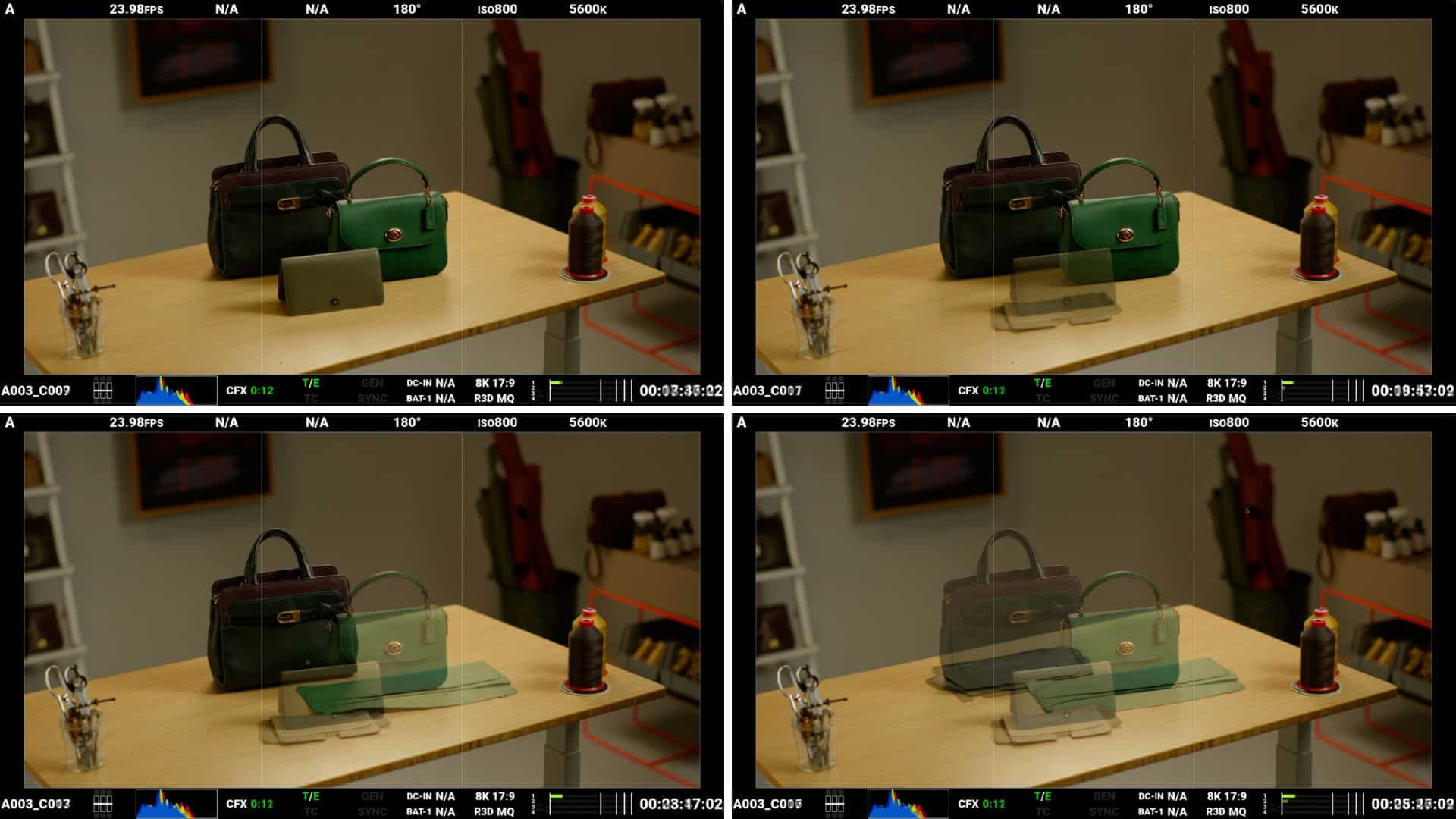
Some behind-the-scenes shots for our stop motion film (Re)Loved – Remade Rexy Puzzle shoot
If you opt to use a digital camera it needs to be set it up so that it takes a picture every time the object is moved that’s being animated. You can use an intervalometer, which is a device that tells the camera to take a picture at regular intervals.
Software can also be used to capture an animation. This software will automatically take pictures at regular intervals, and it can also string the images together into an animation. This is a great option if you’re new to stop motion animation, as it takes care of all the hard work for you.
Again, as we wanted a cinematic look and feel to our animations, we shot on cinema camera and lenses and captured a lot of the stuff via video. Then painstakingly pulled out the individual frames as part of our post-production process – a timelapse of which can be seen below!
Timelapse of each piece of the Rexy Puzzle for our Coach: (Re)Loved – Remade Rexy Puzzle shoot
Once you’ve captured your stop motion animation, you’ll need to edit it and add sound. This can be done with stop motion software, or with video editing software like Adobe Premiere Pro and in our opinion the key to great stop motion storytelling is in the Foley / Sound Effects used to further the story. We spent a lot of time creating the sound design for our Coach films and they really helped take our storytelling to the next level!
Final thoughts
We absolutely love the stop motion animation process and feel that it is an art form that never gets old. We can’t wait for the next film we create using this awesome technique.
If you want even more recommendations the online film curation website Short of the Week has an extensive collection of animations and also check out our two creations for Coach using stop motion animation.

